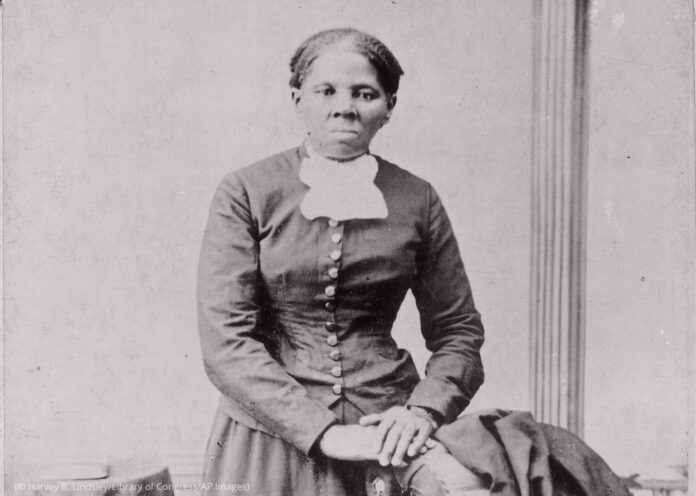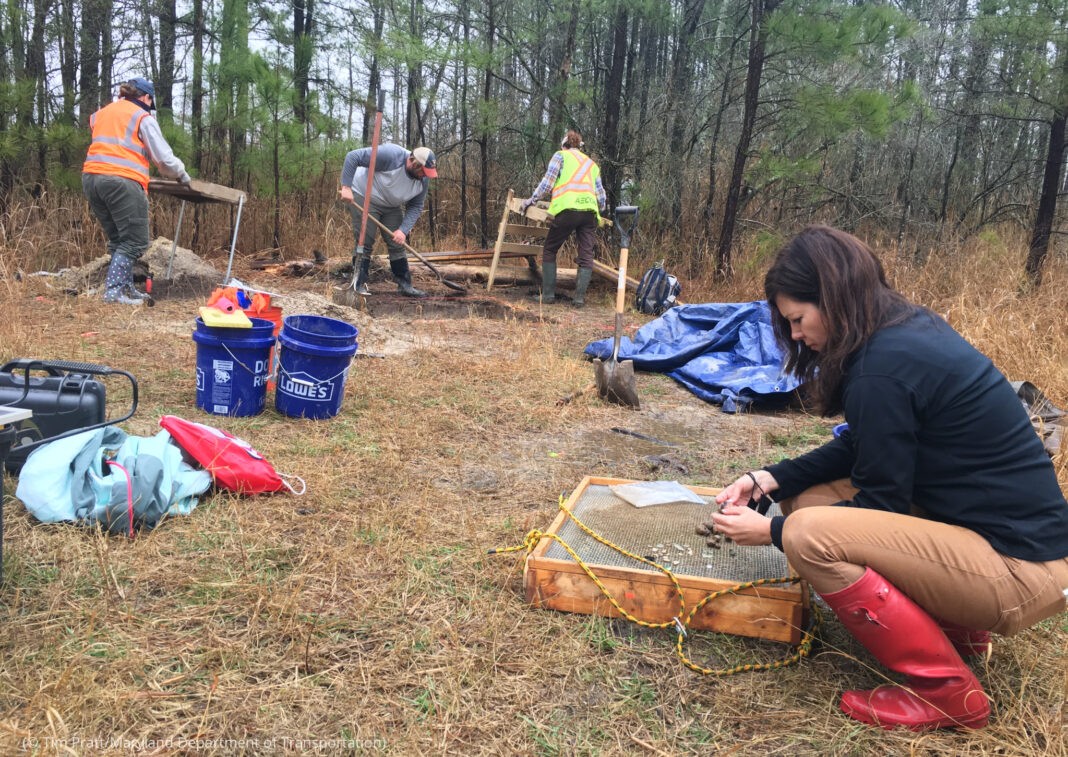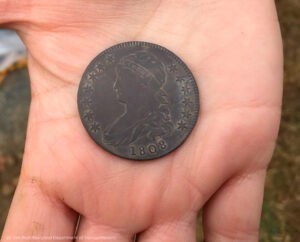
Archaeologists believe they have discovered the house where Harriet Tubman spent her childhood. The building was previously thought to have been lost.

The cabin, located in eastern Maryland, was nicknamed “Ben Ross’s Cabin” after Tubman’s father. His former slave owner had given the cabin to Ross when he was freed. Tubman lived in it with her father, her mother Rita, and her siblings.
Historians believe that Tubman used the cabin as a stop on the Underground Railroad from 1850 to 1860, and that 70 people who escaped slavery passed through it. Thus the cabin is also an important part of American history.
Julie Shablitsky, a chief archaeologist with the Maryland State Highway Administration, and her team have been searching for a long time for a cabin located on a 1,052-hectare preserve recently purchased by the state of Maryland. They made their breakthrough after finding an 1808 coin, which indicated they were getting closer to their goal.

The team then uncovered bricks, pottery shards, a button and a pipe mouthpiece from the same period – also indicating that the Tubman family home once stood on the site.
“A lot of us think we know everything … about Harriet Tubman,” Shablitsky said in an interview with the Washington Post. – “This discovery tells us that we don’t, that we have an opportunity … to learn not only about her as an older woman who rescued others from slavery, but also about how her youth went.
Harriet Tubman was born into slavery in Maryland, USA, in 1822. Originally called Araminta Ross, she changed her name to Harriet after her marriage in 1844. As a girl and a young woman, Tubman survived a brutal beating before she escaped slavery, leaving her family behind to escape to freedom.
After she managed to escape, she risked her freedom and her life to return to the southern slave states to find her family and help others to freedom. Tubman used the Underground Railroad, a network of safe houses for fleeing slaves, during her own escape and became a “guide” in helping others escape. When she returned to Maryland, she found that her husband had remarried and did not want to join her. Nevertheless, she continued to help other slaves, risking her life in the process. Over the course of eleven years, it is estimated that she helped about 70 slaves escape to the north, where slavery was outlawed.
During the American Civil War, Tubman worked as a nurse for the Union troops. She went on to work as a scout, providing vital intelligence to Colonel Montgomery, and she later became the first woman ever to lead an armed attack during the American Civil War.
Tubman bought a tract of land in Auburn, New York in 1859, and she returned there after the war. She occupied many people, caring for those in need as well as her family. In addition to her contributions to help slaves and campaigns to abolish slavery, Tubman also advocated for women’s suffrage, working with other activists such as Susan B Anthony.
Later, Tubman became active in church life, working closely with Zion African Methodist Episcopal Church and donating land to build a home for the elderly. Her health suffered later in life, due in part to the beatings she endured as a young slave, and she had headaches and cramps that turned out to be related to an old head injury. Tubman died of pneumonia in 1913 at the age of 90 or 91.
Tubman’s fearless dedication to the cause of humiliating slavery served as an inspiration to other civil rights leaders and activists. Her life has been celebrated in books, films, and opera, as well as statues of her stand in Manhattan and on the campus of Salisbury University in Maryland. She was the first African American woman to appear on a U.S. postage stamp and is widely considered one of the most influential African Americans in history.
Harriet Tubman’s accomplishments.
Helped other enslaved people as a “guide” on the Underground Railroad, guiding at least 70 slaves to freedom.
Served in the U.S. Civil War as a nurse, cook, scout and spy. Intelligence provided by Tubman was instrumental in Colonel Montgomery’s victory at Jacksonville, Florida.
Became a prominent advocate not only against slavery, but also for women’s suffrage and the broader struggle for equality.
























